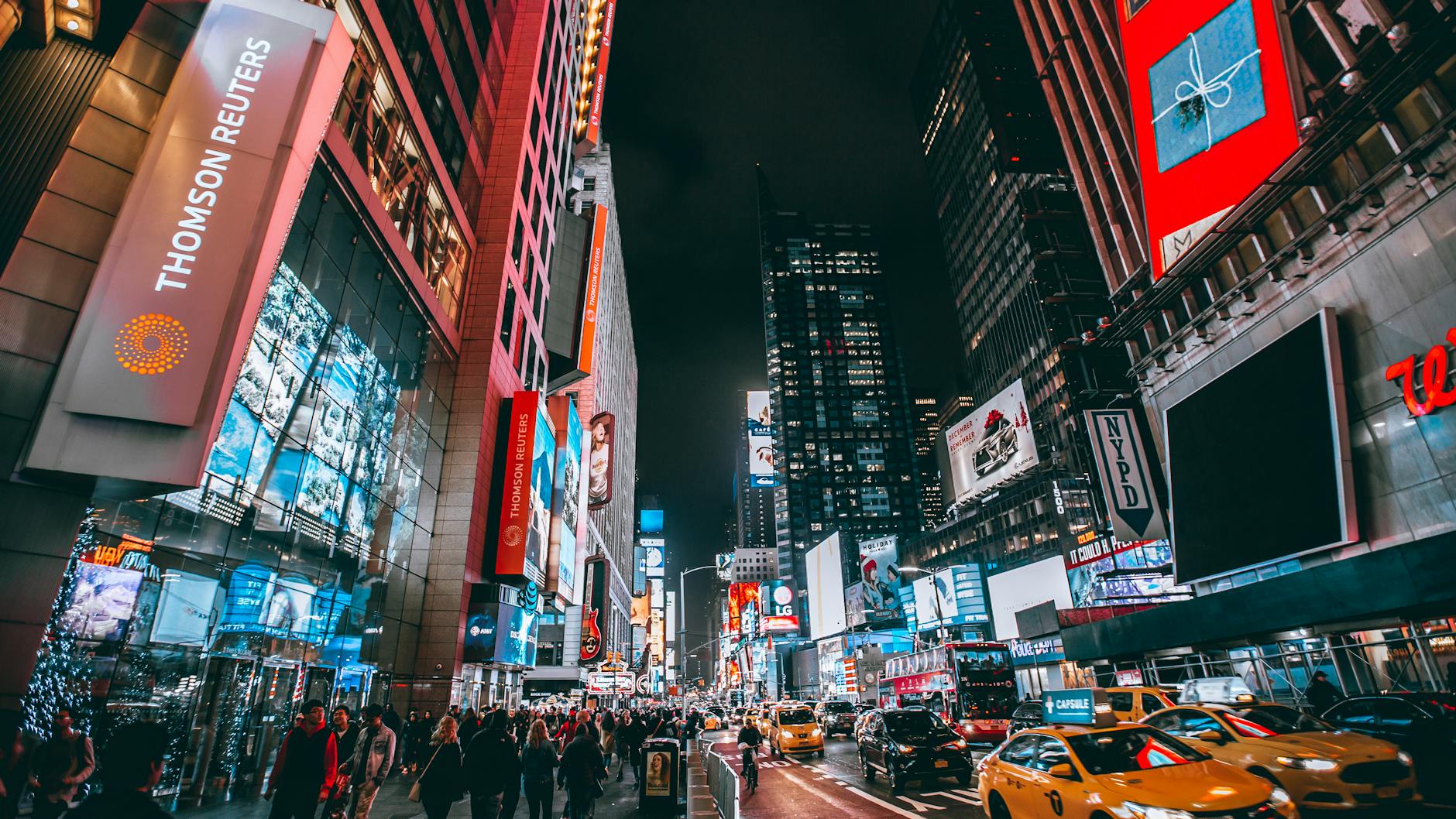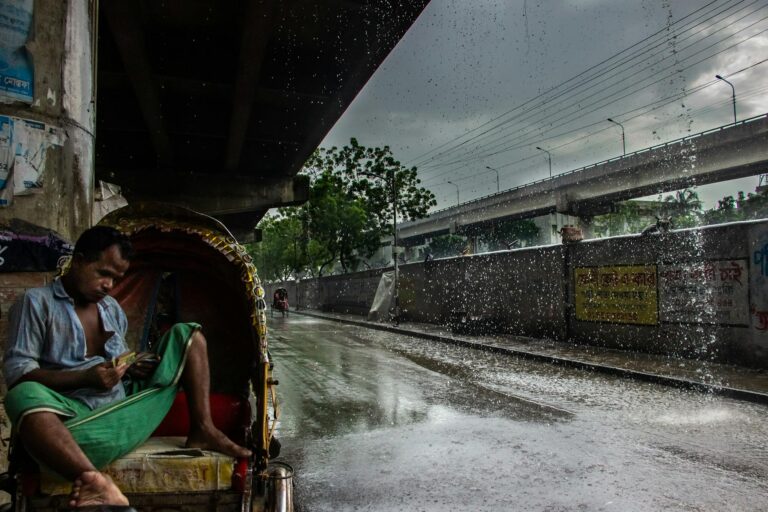Delhi’s Banned Polluters Are Now Someone Else’s Problem
You know how Delhi’s been cracking down on old, smoke-belching cars? Yeah, diesel vehicles over 10 years and petrol ones past 15 got the boot. But here’s the kicker—those same cars aren’t getting scrapped. They’re getting a second life as taxis in places like Jaipur and Shimla. So while Delhi’s air gets a tiny bit better, other cities are inheriting our pollution problem. Not exactly progress, is it?
Why Delhi Said “Enough” to Old Cars
Let’s be real—Delhi’s air quality is basically a public health emergency some winters. And those ancient cars? They’re like rolling chimneys. Modern vehicles have all these filters and stuff, but the old ones? They pump out disgusting amounts of PM2.5 and NOx like it’s going out of style. That’s why courts stepped in. I mean, when doctors start linking bad air to shorter lifespans, you’ve got to do something, right?
The Great Car Shell Game
Here’s how the scam works: Someone’s 2008 diesel SUV gets banned in Delhi. Instead of junking it, they get this NOC paper from the RTO—basically permission to sell it elsewhere. Next thing you know, it’s sporting a Rajasthan number plate and hauling tourists around Amer Fort. The whole system’s laughably easy to game. Used car dealers love it—they buy these clunkers for peanuts, slap on a fresh coat of paint, and flip them to taxi operators who don’t ask too many questions.
Mountains Full of Delhi’s Castoffs
Picture this: You’re on vacation in Mussoorie, breathing what should be fresh mountain air. But half the taxis there? They’re Delhi’s rejected polluters. In hill stations, bad air just sits there like an uninvited guest. And the worst part? Most tourists have no idea they’re riding in vehicles that would be illegal back in the capital. It’s like banning plastic straws in your cafe but dumping all your trash in your neighbor’s yard.
Why This Should Worry You
This isn’t just about dirty windshields. We’re talking about kids in Jaipur breathing what Delhi refused to. Long-term, this means more asthma cases, more heart problems—all the stuff we were trying to avoid. And it completely undermines all those fancy “Clean India” initiatives. The irony? Some of these taxis probably got subsidies under old pollution control schemes before becoming part of the problem.
How to Plug This Loophole
First, policy needs teeth: Why should emission rules change when you cross state lines? We need one standard nationwide. Second, track these NOCs digitally—right now it’s like playing whack-a-mole with paper documents. And us? Next time you book a cab, maybe ask if it’s electric or CNG. If enough people do it, operators will notice.
The Bigger Picture
What we really need is a proper scrappage program—pay people to junk old cars instead of reselling them. And push electric vehicles harder, especially for tourist transport. Delhi’s ban was supposed to set an example, not create a used car black market. Unless we fix this, we’re just playing musical chairs with pollution.
Bottom Line
This whole situation stinks worse than a 1998 diesel exhaust. We can’t just shuffle our problems around and call it a solution. Whether you’re a policymaker, a taxi operator, or just someone who likes breathing, it’s time to demand better. Otherwise, all we’re doing is passing the pollution parcel—and eventually, the music stops.
Source: Navbharat Times – Default












